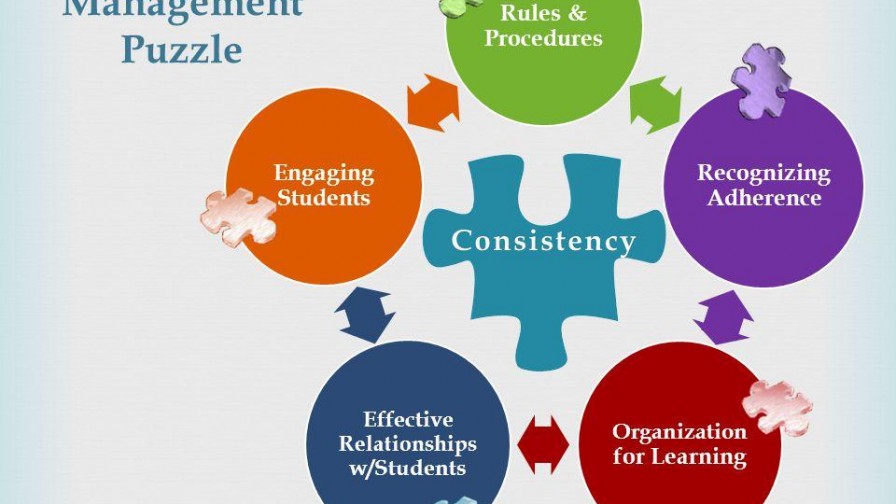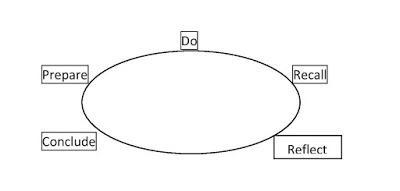ΝΕΑ

Part 2. Effective learning
Looking outside the classroom, it can be argued that in everyday life people learn ‘by trial and error’. Various sources of acquiring knowledge are following the instructions of a prospectus, reading a manual, asking an experienced, probably an older person and taking advice and feedback. Comparing real world with the microcosm of classroom, it can be argued that similar factors advance the learning process.
As Scrivener’s survey indicates, ‘the process of learning often involves five steps: doing something, recalling what happened, reflecting in that, drawing conclusions, using conclusions to inform and prepare for future practical experience’.

Judging from the experimental circle, it could be concluded that giving people the opportunities to do things is the best way of enabling them to learn. Practical experience is the most helpful method, as it emerges from the experiential circle, since students become more aware about ‘how they are learning’. Moreover, it is a lesson of life that ‘mistakes promote human development’. Similarly, mistakes help students as well as ‘learning teaches’ to become better. As a consequence, the experiential circle evaluates the importance of ‘experience’ during the learning process and urge teachers to act based on a popular teaching verdict:
‘The more I do myself, the less space there will be for the learners to do things.’
References
- Scrivener, J.( 1994), Learning Teaching, Oxford, United Kingdom, Macmillan Ltd.
Despina Grivaki
Director of Studies & School Owner
BA in English Culture and Language Studies
MA in Organisation Planning and Management In Education


